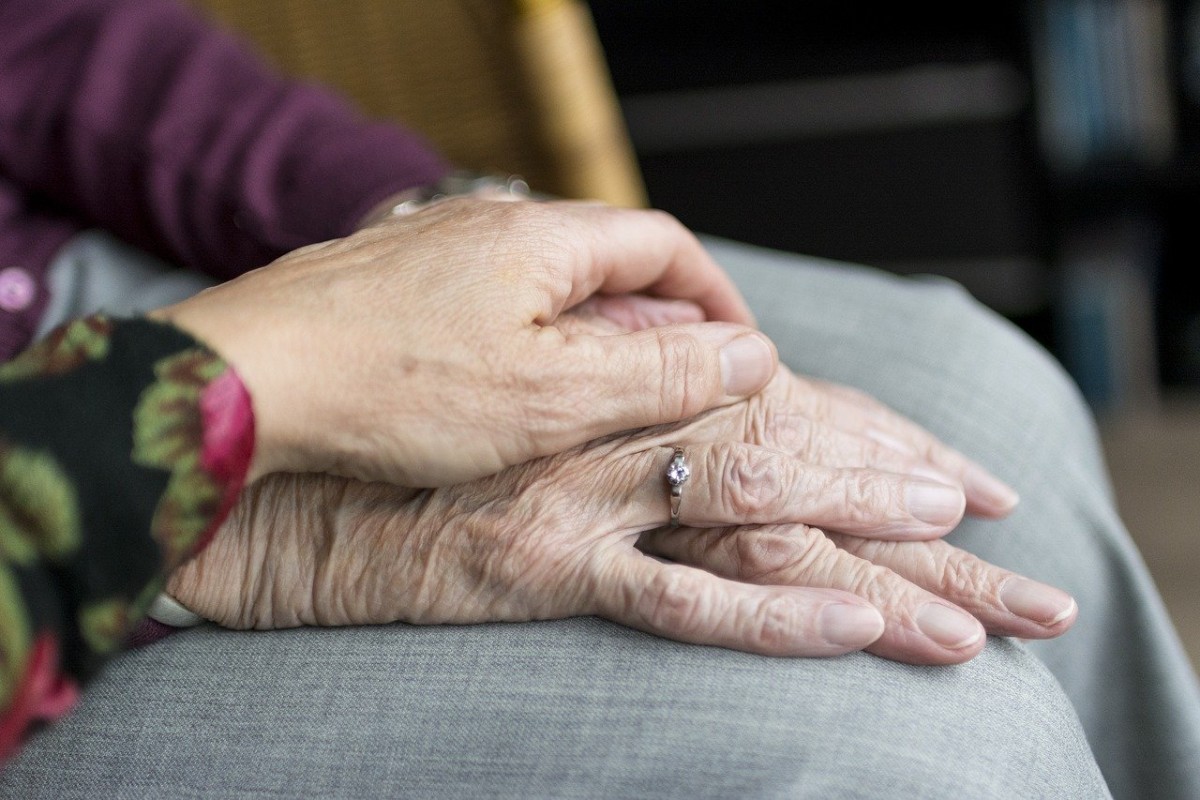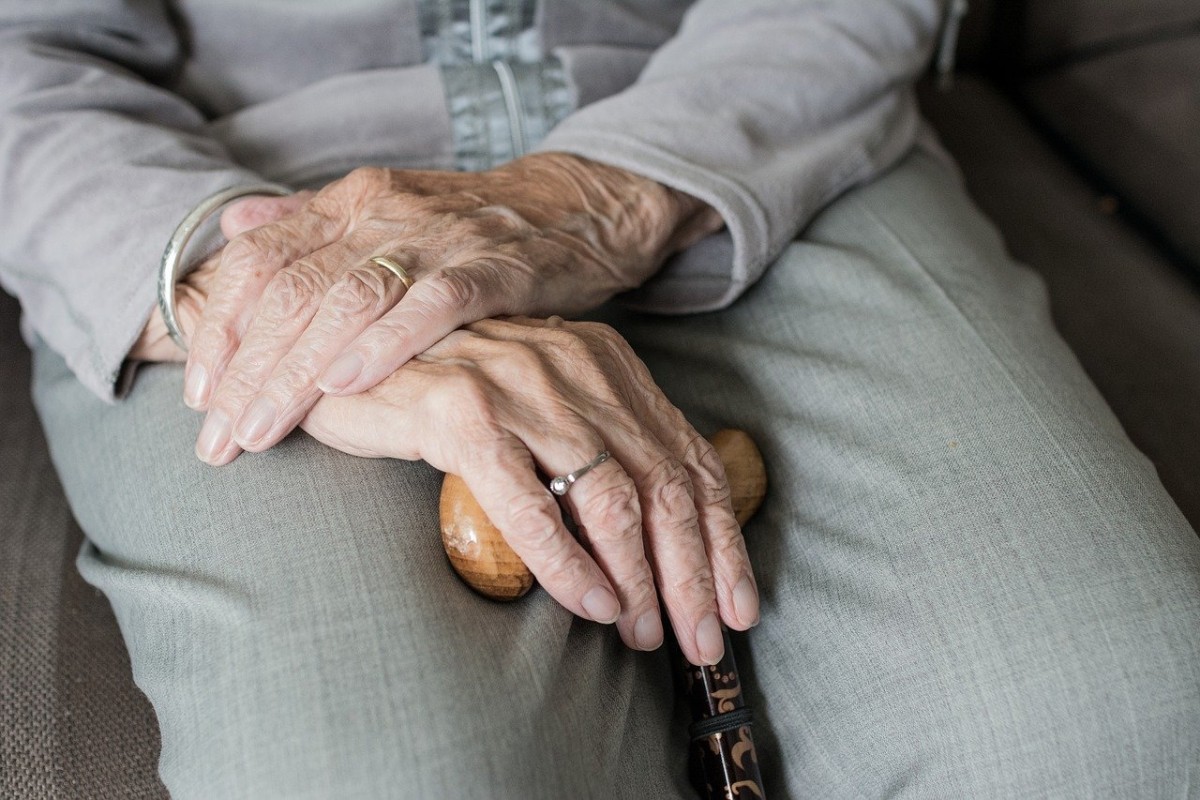
The Irish nursing homes sector is facing major challenges in the years ahead, with the viability of nursing homes, not least in Co. Clare, becoming increasingly threatened, the latest BDO/Nursing Homes Ireland Survey reveals.
Latest figures for the Fair Deal, which provides financial support to people in long-term nursing home care, shows that support for patients in Clare is the lowest in the country at €930.20 per week. This is €281.60 less per week per bed than Dublin, where the highest rate is paid.
Based on those March figures, across a full year this would amount to a differential per bed of €14,643.20 per annum. For a 65 bed nursing home – the average size of homes in Ireland today – the difference could potentially be up to €951,808 per annum in financial support for patients across the home – a figure that report lead author Brian McEnery, Partner and Head of Advisory at BDO Ireland, says would guarantee investment in the sector in the county.
Mr McEnery said that the system for the assessment of the Fair Deal rate is fundamentally flawed and needs to shift from a county by county assessment to a ‘care need’ one.
“The reality is that you could have someone in a nursing home in Co. Clare with acute care needs getting significantly less support than someone in Dublin with far less need. This model does not serve the sector well and needs to be addressed as a priority,” he said.
The report found that increased operating costs together with heavy capital investments to meet HIQA standards, significant regional inequalities in bed supply and other regulatory requirements are among a raft of issues challenging the nursing homes sector.
According to Mr McEnery, the sector requires an estimated investment of over €500 million (public and private sector) alone to address unmet challenges if there isn’t to be a significant loss of beds.
The survey puts a spotlight on the positives, not least huge progress made in expanding the sector over the past two decades to meet growing requirement for specialised nursing home care for expanding older population, with in excess of 26,000 beds now provided. This is up by 17.4% since 2014 when the report was last conducted and a 75% increase since the founding report in 2003.

However, it also highlighted significant issues right across the board for the sector, not least the Fair Deal rates. On average, Fair Deal rates increased by just 13.3% since the last report was compiled in 2014 but staff costs surged by 23.5% in the same period, a gap that is not sustainable, CEO of Nursing Homes Ireland Tadhg Daly states.
The report concludes that in a number of locations around Ireland, it is not economically viable to develop new nursing homes on the Fair Deal rates granted to new facilities. It states that there have also been a number of nursing home closures, with the registered provider advising that the financial model underpinning a small nursing home was difficult to sustain, particularly in the context of increasing operating costs and also where extensive investment may be required to ensure regulatory compliance into the future.
Mr McEnery said that compliance will be a particular challenge for public nursing homes, in particular. “HIQA standards requires at least 80 per cent of supply to be single en-suite rooms from next January. Our survey indicates that 77 per cent of accommodation in the private voluntary sector are single rooms and, therefore, it largely appears that the private and voluntary sector will meet the physical environment requirements set by HIQA. It is, however, thought that the challenge will prove much greater for the public sector as the stock of long-term care facilities is older and has seen less investment that the private and voluntary sector in recent times. The experience of Covid19 will expedite the requirement to reduce multiple occupancy accommodation and increase the necessity for bedrooms to be en-suite,” he said.
The closure of nursing homes that offer a smaller, homely setting is concerning, the report states. If it continues, this could impact on the choice of setting available to older people and their families in the future, and particularly so in non-urban locations.
The cost of developing a nursing home bed has a range of between €150,000 and €200,000 and this level of investment significantly reduces the potential for traditional ownership structures to prevail into the future. For this very reason, large specialist operators with significant capital capabilities are growing their market share in comparison to the owner-operator and voluntary cohorts.
BDO sees this trend continuing, as well as an ongoing reduction of nursing home beds in homes with less than 40 beds. Overall nursing homes are getting bigger, the investment required to develop them is larger and the smaller older homes are falling out of the sector. This is why there has been a 75 per cent increase in bed supply with only an 11 per cent increase in the number of nursing homes, the report adds.
“A health and social emergency of gross magnitude will present if reform of the funding of nursing home care is not addressed as a priority,” said NHI CEO Tadhg Daly.
